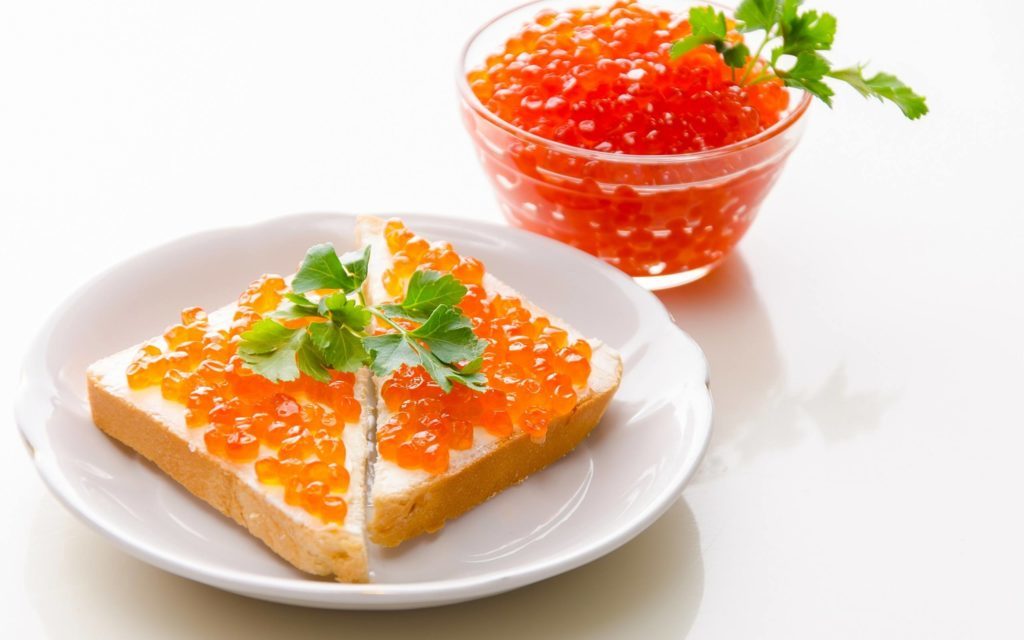Value of caviar
Nutritional value of sturgeon and gill caviar: sturgeon and gill fish, known as “living fossil” in water, are the generic name of sturgeon and gill fish, Acipenser family. It originated in the Cretaceous period hundreds of millions of years ago. Sturgeon and gill caviar have very high economic value and are called “black soft gold” internationally. They are the top three nutritional delicacies recognized in the world (goose liver and truffle). They are essential food for national banquets in various countries. They contain proteins (arginine protein, histidine protein, isoleucine protein, lysine protein, methionine protein) that human body needs and many kinds of proteins that human body cannot synthesize by itself. Amino acids and trace elements such as phosphorus, zinc and selenium. Rich in DHA, EPA and other polyolefin fatty acids, EPA is the precursor of prostatic production, EPA and fatty acids can synthesize prostaglandins, effectively improve sexual function; DHA is a brain-strengthening substance, through the joint action of DHA, EPA and other polyolefin fatty acids, can effectively prevent cholesterol from coagulating on the human vascular wall, improve vascular elasticity and human brain function; Vitamin A, C, B2, B6, PP, B12 and B12. Nutrients such as Lymphatic Mixture 1 and Vitamin B3 are the most precious beauty food in the world.

Caviar storage: Caviar can not be stored at room temperature, short-term storage can be stored in the refrigerator cold room for 5 days, long-term storage must be frozen below – 18 degrees.
Caviar thawing: must be done at about 0 – 5 degrees.
Car consignment
How to eat caviar: Iced caviar can be eaten directly. It can also be mixed with bread, biscuits or sushi. On the dining table, ice flocculent and fresh-keeping film should be placed on the plate, and caviar should be put on the fresh-keeping film to ensure low temperature.

